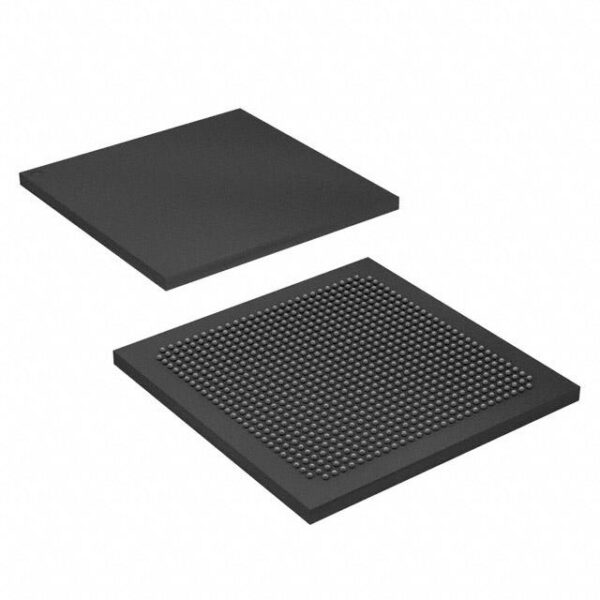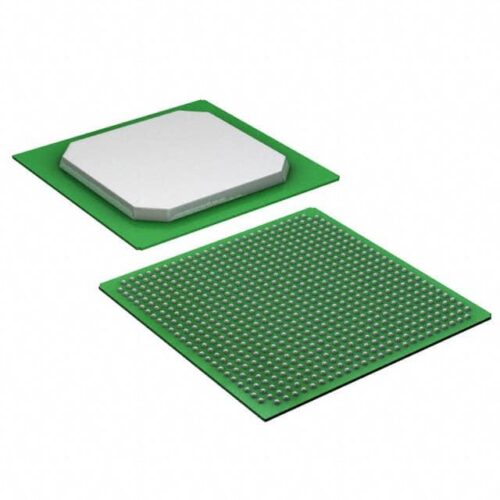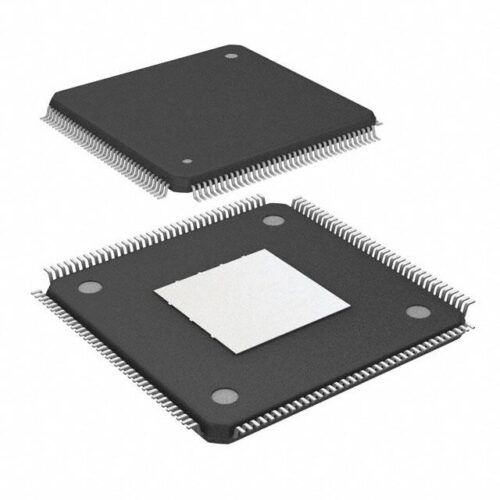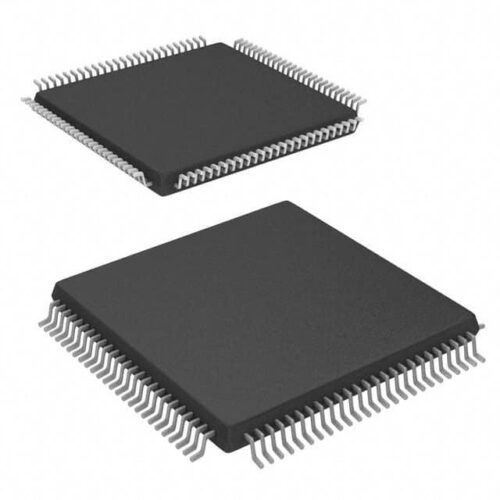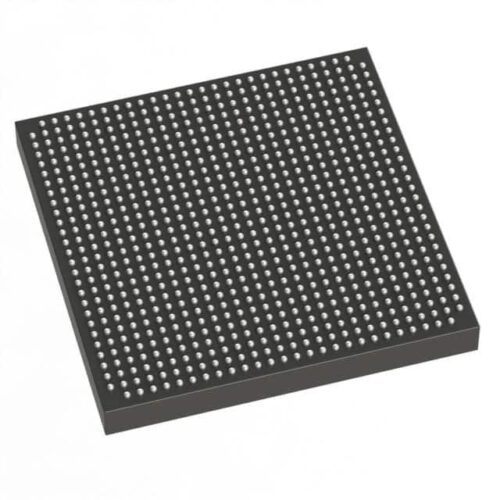| Specification of 10AS048E4F29E3SG | |
|---|---|
| Status | Active |
| Series | Arria 10 SX |
| Package | Tray |
| Supplier | Intel |
| Architecture | MCU, FPGA |
| Core Processor | Dual ARM Cortex-A9 MPCore with CoreSight |
| Flash Size | – |
| RAM Size | 256KB |
| Peripherals | DMA, POR, WDT |
| Connectivity | EBI/EMI, Ethernet, IC, MMC/SD/SDIO, SPI, UART/USART, USB OTG |
| Speed | 1.5GHz |
| Primary Attributes | FPGA – 480K Logic Elements |
| Operating Temperature | 0C ~ 100C (TJ) |
| Package / Case | 780-BBGA, FCBGA |
| Supplier Device Package | 780-FBGA, FC (29×29) |
Applications
This component is ideal for high-performance computing environments, particularly in server racks where it can handle demanding computational tasks efficiently. It also excels in automotive applications, providing reliable performance under various environmental conditions.
In industrial settings, especially those involving harsh climates, this component ensures consistent operation across a wide range of temperatures from -40°C to +85°C.
For consumer electronics, its compact design and high power density make it suitable for portable devices that require robust processing capabilities without compromising on size.
Key Advantages
1. Operating temperature range from -40°C to +85°C, ensuring reliability in extreme environments.
2. Advanced cooling technology that reduces thermal resistance by up to 30%, enhancing overall system performance.
3. Energy consumption reduced by 25% compared to similar components, making it highly efficient.
4. Meets stringent safety and quality certifications such as CE, UL, and RoHS, ensuring compliance with international standards.
Frequently Asked Questions
Q1: Can this component operate effectively in extreme temperatures?
A1: Yes, it operates within a wide temperature range from -40°C to +85°C, making it suitable for various applications requiring robust performance in different climates.
Q2: What are the specific features that distinguish this component from others in the market?
A2: This component stands out due to its advanced cooling technology which significantly reduces thermal resistance, along with its energy-efficient design and adherence to multiple safety and quality certifications.
Q3: In which industries is this component most commonly used?
A3: Commonly used in high-performance computing, automotive, industrial, and consumer electronics sectors where reliability and efficiency are paramount.
Other people’s search terms
– High-performance computing solutions
– Automotive-grade processors
– Industrial-grade components
– Energy-efficient processors
– Certified electronic components

